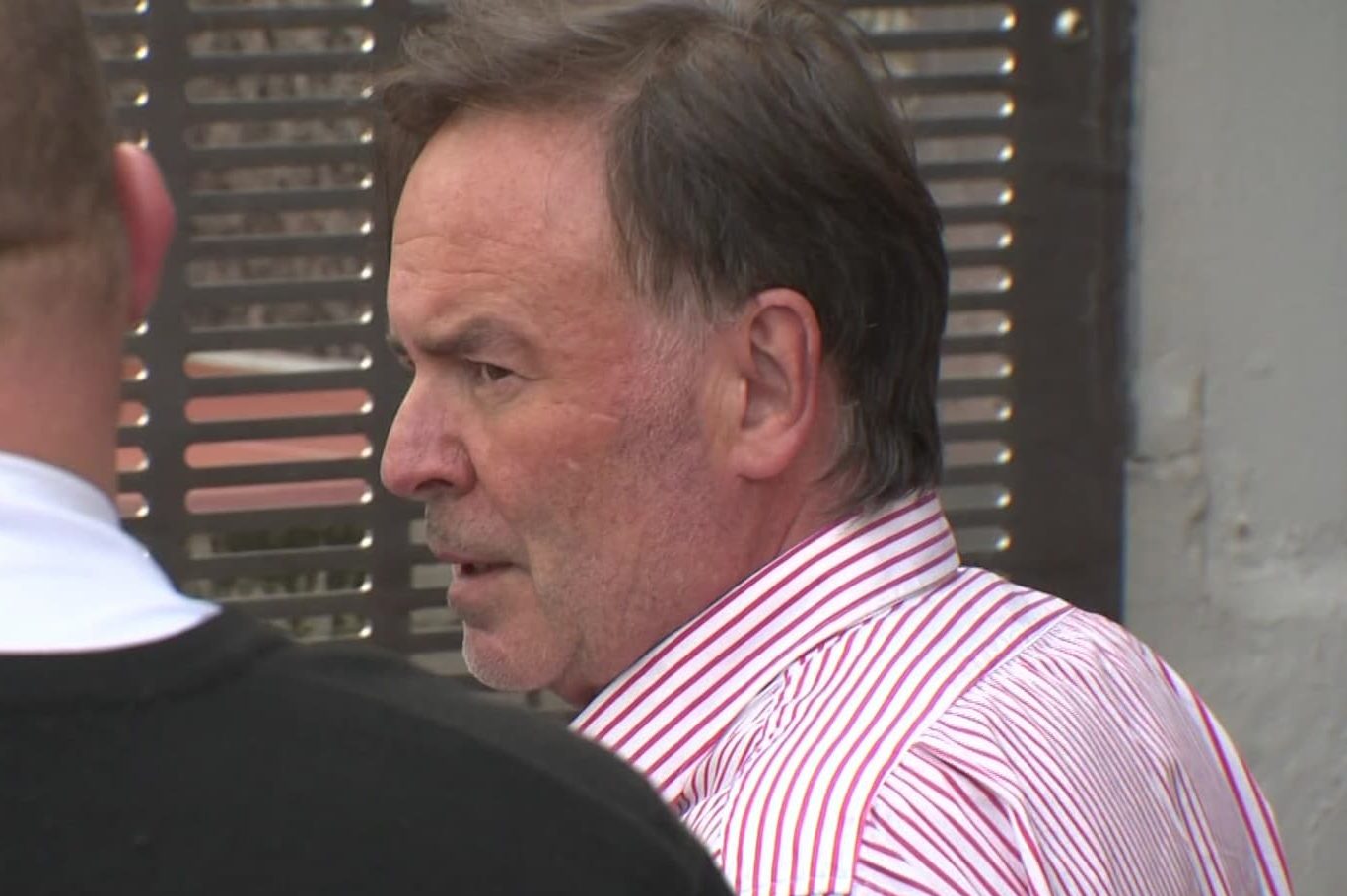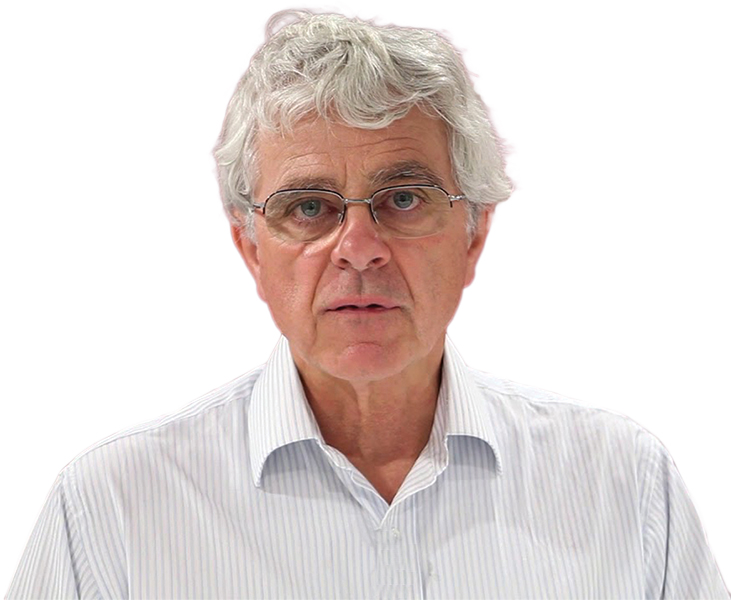
Tasmania is embroiled in a constitutional crisis. But, says HUGH SELBY, those creating the crisis seem blissfully unaware of the damage they are doing.
IF the mainstream media reports coming out of Hobart are accurate, then that state is embroiled in a constitutional crisis.

Sadly, those creating the crisis seem blissfully unaware of the damage they are doing.
The nature of the crisis is that the state government has ignored the conventions on the separation of powers among the parliament, the cabinet, and the judiciary.
The government, both by its actions and proposed actions in the parliament, along with the alleged interactions between its attorney-general and the chief justice, has crossed the lines that maintain those separations.
If Tasmania was not one of the states of our commonwealth, their leaders’ reported antics with respect to the embattled Supreme Court justice Gregory Geason would self-label them as third-world tinpots, ignorant of basic legal tenets and not inclined to look for them.
Reported so far is a secretive courtroom sitting for the judge’s first appearance in response to “domestic misconduct” charges, suggestions that Justice Geason is under political pressure to do the right thing and resign, and a government that has been intent on showing that it will take this “despicable male” out of public life, ignoring that it has no basis to do so, and that what it proposes is incompatible with the presumption of innocence.
It is, apparently, intent on running this publicity stunt when the judge is not hearing cases: that is, he is effectively suspended by his previously agreeing to a request from the chief justice that he not hear cases.
When appointed, Justice Geason was a close friend of a Liberal Premier, for whom he had been best man. That is not a disentitling factor. He had been a successful barrister in the small pond that is the Tasmanian legal establishment.
Early in his career he had been a prosecutor. No one publicly suggested that he lacked either the experience or the intellectual grunt required for the task.
The traditional grounds for the parliamentary removal of a judge are short: proven misbehaviour or incapacity. Those and no more.
The rationale for these grounds is that there must be, and be seen to be, a clear separation between parliamentary powers and judicial powers. This is a fundamental part of our system of democratic government.
If parliament could remove judges, or suspend them, on lesser grounds, such as bare allegations, then the ability of the courts to curtail an excess of government power would disappear overnight.
Any judges believed to hold beliefs out of line with government intentions would find their character quickly blackened and the gutter press permanently camped outside their home.
The allegations of criminal conduct stemming from a breakdown in his “home” life have not been proved, nor has there been any suggestion that he is incapable of performing judicial duties by reason of some physical or mental limitation.
He has pleaded not guilty. We can assume that he will competently defend these charges, following procedures with which he is familiar.
The charges may be dismissed. Only if there is another outcome can there be proven misbehaviour.
Any attempt to use the parliament to remove him now would be an affront to justice.
Which brings us to the reported intention of the Tasmanian government to move a motion to “suspend” his Honour from his judicial post.
As mentioned above he is already “suspended” by reason of the agreement between him and the chief justice.
Hence, for what reasons, and on what basis can parliament suspend him? We must look at the Tasmanian State Constitution and the Supreme Court Act.
The Constitution Act 1934 is silent on the judiciary. It has been labelled as the worst of Australia’s constitutions. Notably, it does not have provisions for the establishment of the state’s courts, or specify how they are to be constituted or protected from interference.
Similarly, Tasmania’s Supreme Court Act, amended since 1887, is silent on both suspension and removal.
By comparison, in NSW the Constitution, section 54 provides:(1) No holder of a judicial office can be suspended from the office, except in accordance with legislation….
The applicable legislation is Section 40 of the Judicial Officers Act, 1986. This allows for judicial officers to be suspended by the head of their court ( ie NOT the parliament) if a complaint or report is made by the Conduct Division of the Judicial Commission, setting out its opinion that a matter could justify parliamentary consideration of removal of a judicial officer. That Conduct Division is made up of two judges joined by a community representative.
In Tasmania there is no equivalent legislation.
Consequently, none of the parliament, the attorney-general or the chief justice has the power under the constitution or any other legislation to “suspend” Justice Geason.
It follows that actions taken by either the chief justice, or the parliament, must conform to judge-made law and long held convention: leave well alone.
They all need to stop barking, take a long, cold bath and let the criminal justice system follow its usual course.
Former barrister Hugh Selby is our legal affairs commentator. His free podcasts on “Witness Essentials” and “Advocacy in court: preparation and performance” can be heard on the best known podcast sites.
Who can be trusted?
In a world of spin and confusion, there’s never been a more important time to support independent journalism in Canberra.
If you trust our work online and want to enforce the power of independent voices, I invite you to make a small contribution.
Every dollar of support is invested back into our journalism to help keep citynews.com.au strong and free.
Thank you,
Ian Meikle, editor





Leave a Reply